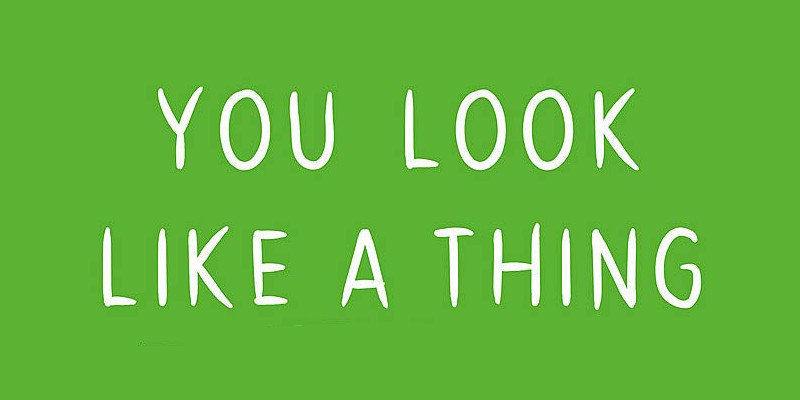You Look Like A Thing And I Love You

You Look Like A Thing And I Love You is a book by Janelle Shane. It was actually mentioned on one of the WorldCon panels, and seemed fun so I bought it. It’s basically a quick and simple introduction to AI and machine learning. Though I did a degree in AI back in the early 90s, I haven’t really touched the subject since so I’m pretty out of date on the current state of the industry. This turned out to be quite a good book to re-introduce me to the subject.
The style is lightweight and humorous, it definitely doesn’t go deep into the subject. Instead it tries to give a broad overview of the subject matter, covering what AI is actually good at (simple, very narrow problems), and what it’s not good at (anything too broad or requiring lots of memory). There are plenty of examples along the way of what can cause problems.
The story about an image recognition AI being used to tell the difference between NATO and Warsaw Pact tanks was old when I studied AI. The story goes that it seemed to be very good, until they realised the NATO tanks had all been photographed on a sunny day, and the Warsaw tanks on rainy days, so the AI had learned to recognise the weather.
The story is an urban legend, but the same thing happens for real. Given pictures of sheep, an AI will learn to recognise a green field (because nearly all pictures of sheep are of them standing in a green field). Likewise it may think giraffes are everywhere, because the training set used was more likely to have a giraffe than no animal at all.
An AI will learn to achieve the objectives via the easiest method possible. Detecting pictures of tumours is easy – because most pictures of tumours have a ruler in them showing the size of the tumour. Need an AI to learn to survive for as long as possible in a computer game? It figures out how to use the pause button. Put them in a simulation and they may learn to break the simulation in order to achieve their goals.
So mostly, it’s a book about the failures of AI. Because, to be honest, most of the things we’ve learned about AI so far is how to fail at it. Not all failures are simply amusing of course. AIs can easily pick up biases from the training sets or their human trainers (either deliberately, or accidentally). You may try to remove gender or racial information from CVs when trying to find good candidates, but men don’t list being members of a women’s football team on their CV, and racial information may be guessed from an address. AIs can be very good at picking up subtleties like this, even if you don’t want them to.
For someone who doesn’t know much about the subject, it’s probably a great introduction, though there’s unlikely to be anything new for anyone who’s studied it in detail. Having said that, it’s humorous and an easy read.
For me, it was an enjoyable book, and has given me a bit of a better understanding of where things are. Some of it I already knew, some I was out of date on, and some was completely new to me. Definitely a recommended read for anyone to get a primer on the subject.